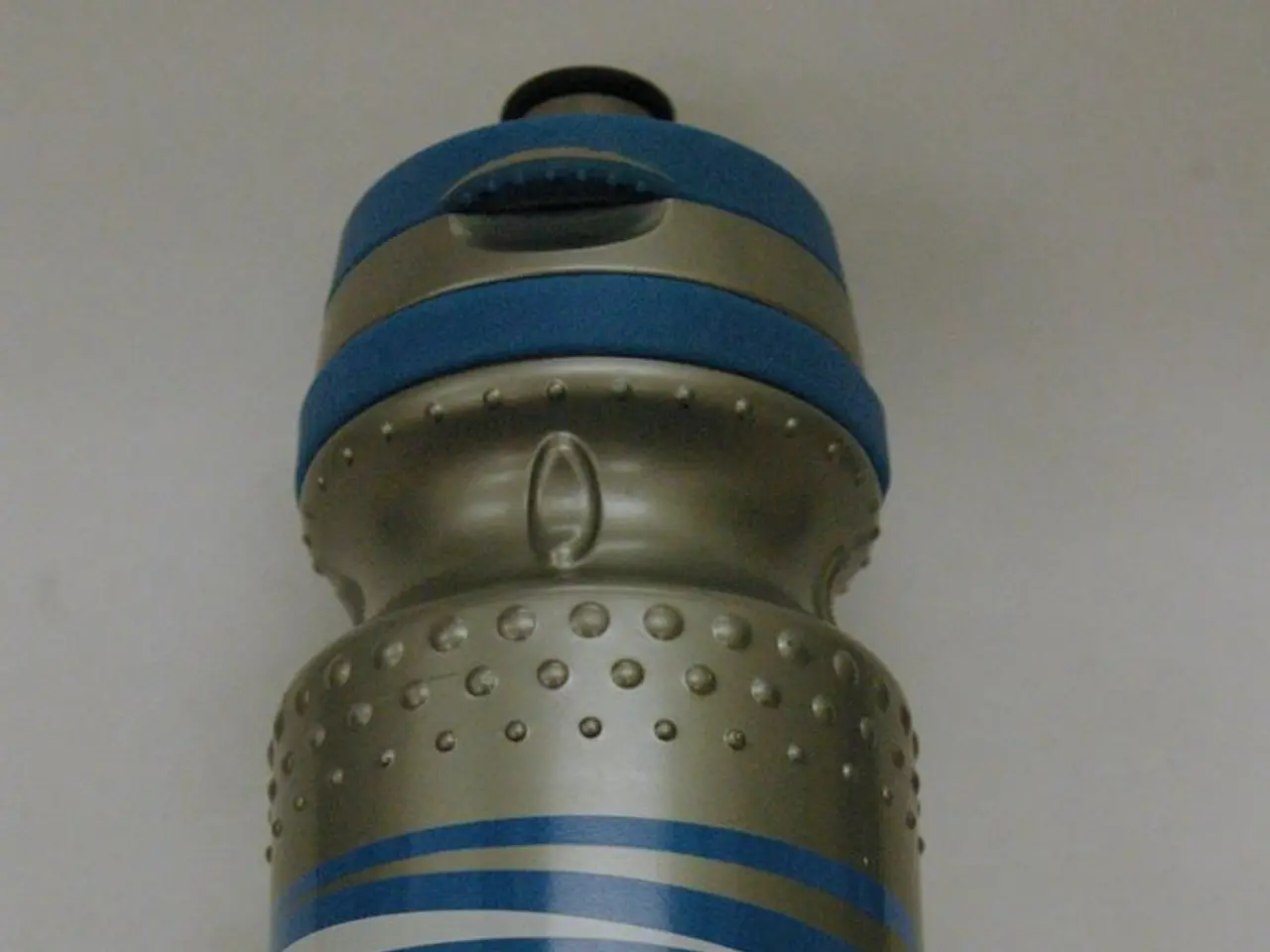Childbirth-induced urinary incontinence: Reasons and remedies
Postpartum urinary incontinence is a common issue that affects many individuals after giving birth. This condition, which involves the inability to control the bladder, can be distressing but is often manageable.
One effective method to strengthen the pelvic floor muscles, which support the bladder, is through Kegel exercises, also known as pelvic floor muscle exercises. These exercises can help prevent the onset of urinary incontinence, particularly after childbirth and during late pregnancy.
Constipation can place pressure on the bladder and urethra, potentially leading to urinary incontinence. To prevent this, it's essential to eat a diet rich in fiber-rich foods.
The risk of developing postpartum stress and urge incontinence is higher for individuals who have had multiple vaginal deliveries. However, it's important to note that cesarean delivery may lower the risk of stress urinary incontinence compared to vaginal delivery.
Postpartum urinary incontinence can persist for extended periods, with a study involving 3,763 people showing that it lasted for 12 years after birth in three-quarters of females.
Symptoms of urinary incontinence include leaking urine unintentionally, spasms and pressure in the pelvic area, urinating while sleeping, and going to the bathroom more than eight times a day or more than twice per night.
Treatment options for urinary incontinence vary depending on the type and severity. Pelvic floor muscle exercises are commonly used, while more severe cases may require surgical interventions such as sling procedures, bladder neck suspension, prolapse surgery, or implantation of an artificial urinary sphincter. Lifestyle changes, such as maintaining a healthy weight, avoiding excessive straining during bowel movements, quitting smoking, and performing pelvic floor exercises, can also help manage the condition.
Prevention methods focus on reducing risk factors, including maintaining a healthy weight, avoiding constipation, quitting smoking, and performing pelvic floor exercises.
It's crucial for individuals experiencing urinary incontinence to seek medical advice if the condition persists for 6 weeks after childbirth or if they have specific concerns.
Postpartum urinary incontinence can be managed effectively with the right combination of lifestyle changes, medical treatments, and preventive measures. If you're experiencing symptoms, don't hesitate to consult with a healthcare professional for guidance and support.
- Expecting mothers may benefit from learning pelvic floor exercises to help prepare for childbirth, as these can aid in preventing urinary incontinence that often occurs during late pregnancy.
- Parents who have given birth vaginally may be at a higher risk of developing stress urinary incontinence, although a cesarean delivery may lower this risk compared to vaginal delivery.
- Identifying the symptoms of urinary incontinence, such as leaking urine unintentionally and feeling spasms in the pelvic area, is crucial for early detection and treatment.
- To prevent constipation and the subsequent pressure on the bladder that can lead to urinary incontinence, it's important to maintain a healthy diet rich in fiber-rich foods and stay hydrated.
- Pfizer, as a leading pharmaceutical company in health and wellness, could potentially invest in research aimed at developing novel treatments for postpartum urinary incontinence, addressing this critical aspect of women's health.




